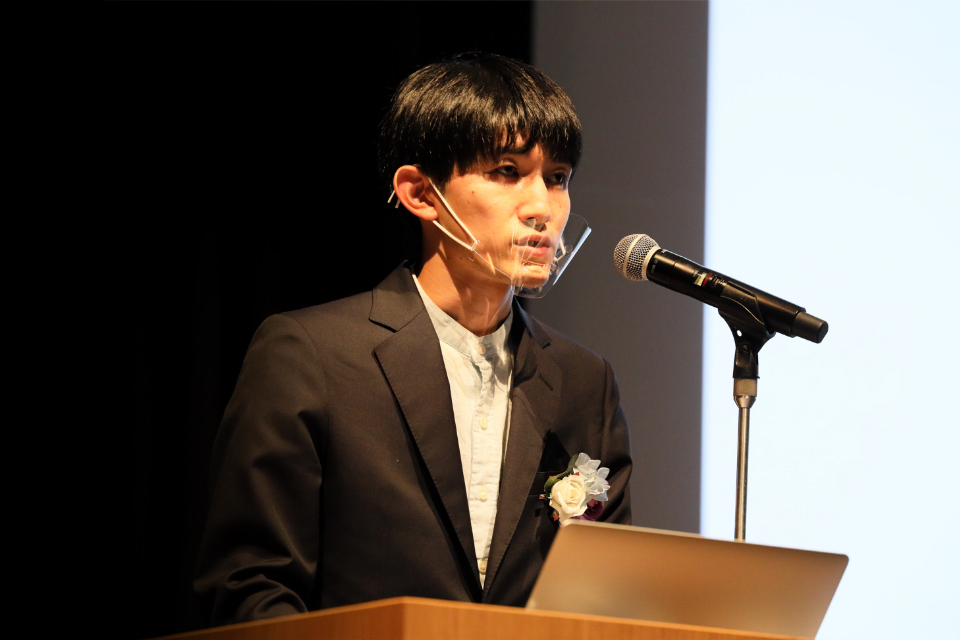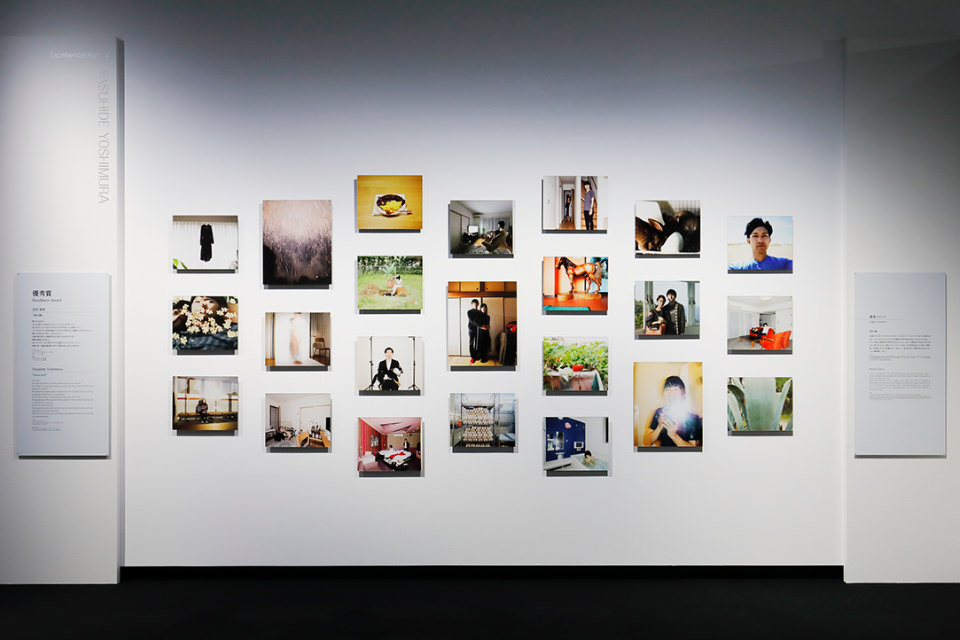PRESENTATION
I take pictures of myself and the people around me. Occasionally, I take pictures of things in my environment. I don't take pictures of strangers, and I don't actively go around taking photos of things that have nothing to do with me.
I take pictures because I'm curious about who I should be, who the people around me are, and whether I capture what I'm seeing in the way that everyone else sees them.
The reason we have to take off our clothes when we take self-portraits is because we want our masculinity to show up properly in the picture. We take pictures of ourselves facing the camera directly because we believe identity lies in the face. Pressing the shutter button has the camera capture what is in front of the lens. But it's not so much about capturing, as it is about what comes toward the lens from beyond it. That's why I jump in front of the lens after setting up the camera. I fix the camera to a tripod, compose the shot, set the shutter to release automatically, and jump into the picture.
The digital camera is a handy tool that allows me to capture anything and everything exactly as I envision it. The picture shows up on the monitor immediately after it is taken. For example, I can become a cheerful person just by taking a shot of me smiling. As I try out different smiles, I gradually turn into just another cheerful person reflected in the shot, not my real self. Smile softly or laugh out loud, wait for the shutter to finish taking the number of exposures you have set, and then check the monitor to see how you look. In repeating this process, you will gradually take on the countenance of a cheerful human being. There will be fake smiles and stiff expressions along the way, but the self-consciousness that's at the root of such awkwardness will eventually melt away.
With each shutter release, the more I become the person in the camera. Eventually, my ideal of the perfect person turns up on the monitor. In the same way, I can conjure up a serious mood just by putting on a grave face, whereas posing with a forlorn face will portray me as being lonely. This is why I'm convinced that I will capture perfectly the picture I envision when I take a picture of myself. It may seem like I'm acting, but I'm not. I'm taking photos.
I'm not looking to use photography to see how I really exist. Things like who am I are of no consequence. I have a person called my girlfriend and by photographing her, I make it clear that I have a girlfriend. It's this explicitness that I value the most.


I know it's somewhat tactless to ask about the intention of your title, but I'd still like to hear your story.
(Yoshimura)
I view horseshoes as a kind of template or formality for society. I currently work in welfare, and in the welfare field, we don't really divide people into categories. Nevertheless, in order to go out into society, you have to put horseshoes on your hooves. The world has labeled me and my girlfriend as boyfriend and girlfriend. For this work, I decided to deliberately fit myself into the mold of a couple and take self-portraits.
(Sawaragi)
Humans shoe horses — animals that properly belong to nature — in order to bind them into a relationship with humans. I presume you attached a formal sense to the mold you spoke of in order to create a relationship between you and another person, is that right? And one more thing, how did you regard the existence of the camera that captures the two of you when you took photographs of the two of you together?
(Yoshimura)
In truth, my girlfriend isn't really into photographs. I took pictures of us together because that's what I wanted to do. But I also wanted to take a hard look at our relationship from a different angle.

Judges’s Comment
Minoru Shimizu (selector)
[By video message]
I chose Yasuhide Yoshimura for an Excellence Award on his book titled “Horse hoof”. A noteworthy trend in the submissions this year was the number of works that took on the concepts of opposites and pairs. Of course, pairs and alter egos and doubles are at the essence of photography. That's why the theme of many works this year focused on the way we look at photography itself, taking these concepts into consideration in some form. I think we can safely characterize Yoshimura's entry as one of these.
It is interesting that the work has two protagonists. It plays out like a family game, a husband-and-wife game, or a dramatic game, and I felt the work deftly manipulated the gravitational pull that people experience when looking at photographs and had a power about it that draws you through the book from the very start to the very end. To create this power places demands not only on the format but also on the subjects and the overall style of the production. Only someone with self-awareness about looking at photographs can pull this effect off.
Such refinement and sophistication extend even to the title. I'm not sure what the title has to do with the photographs, but hooves are a symbol of good fortune and are used as amulets in accessories. There are various theories why horse hooves are regarded in this way. The book, perhaps, is a story like “The Blue Bird” about searching for good fortune, or maybe if we interpret it as a talisman, then it becomes a wandering tale circling the demons in photography. I can't be sure, but the subtle hints you provide and the intellectual distance from the photographs that moves people are what make me look forward to your future.
I absolutely wanted to see how you presented your work and see your exhibit in person, but I can only give my impressions from seeing your book.